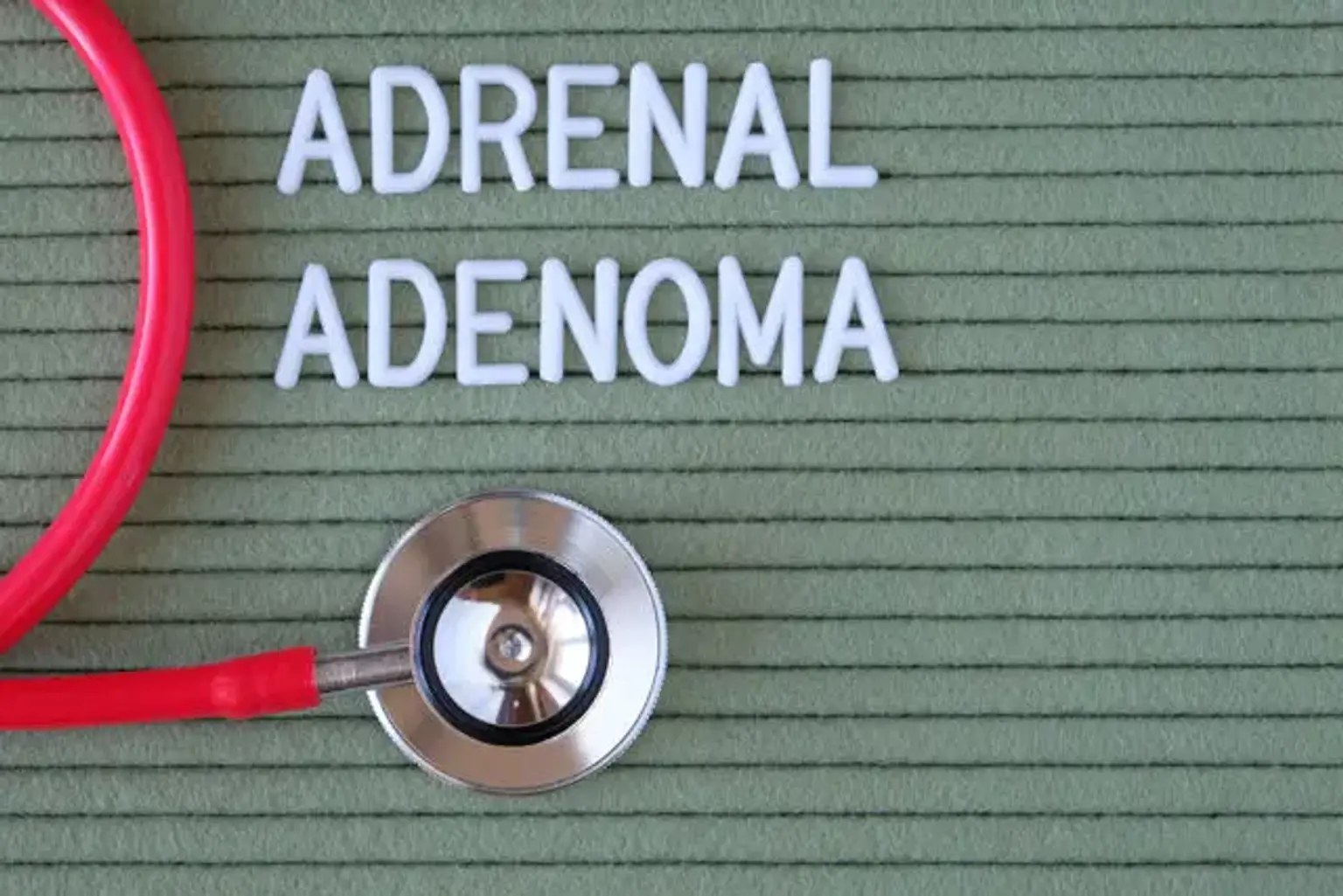Adrenal adenoma
The increased use and technical advancement of abdominal imaging technologies in recent years has resulted in the detection of previously undetected adrenal tumors on a more frequent basis.
Adrenal adenomas are benign neoplasms of the adrenal cortex. Adrenal adenomas are the most prevalent source of accidentally discovered adrenal tumors, often known as adrenal incidentalomas. Adrenal adenomas can be hormonally active or dormant. These tumors are often discovered by chance during unrelated imaging, and only in a few cases do patients report with symptoms and/or characteristics of hormonal disorders, most commonly overproduction of an adrenal hormone.
Adrenocortical adenomas are ACTH-independent illnesses that are frequently associated with hyperadrenal syndromes such as Cushing's syndrome (hypercortisolism) or Conn's syndrome (hyperaldosteronism), which is also known as primary aldosteronism. Furthermore, new case reports lend support to the association of adrenocortical adenomas with hyperandrogenism or florid hyperandrogenism, which can result in hyperandrogenic hirsutism in females.
